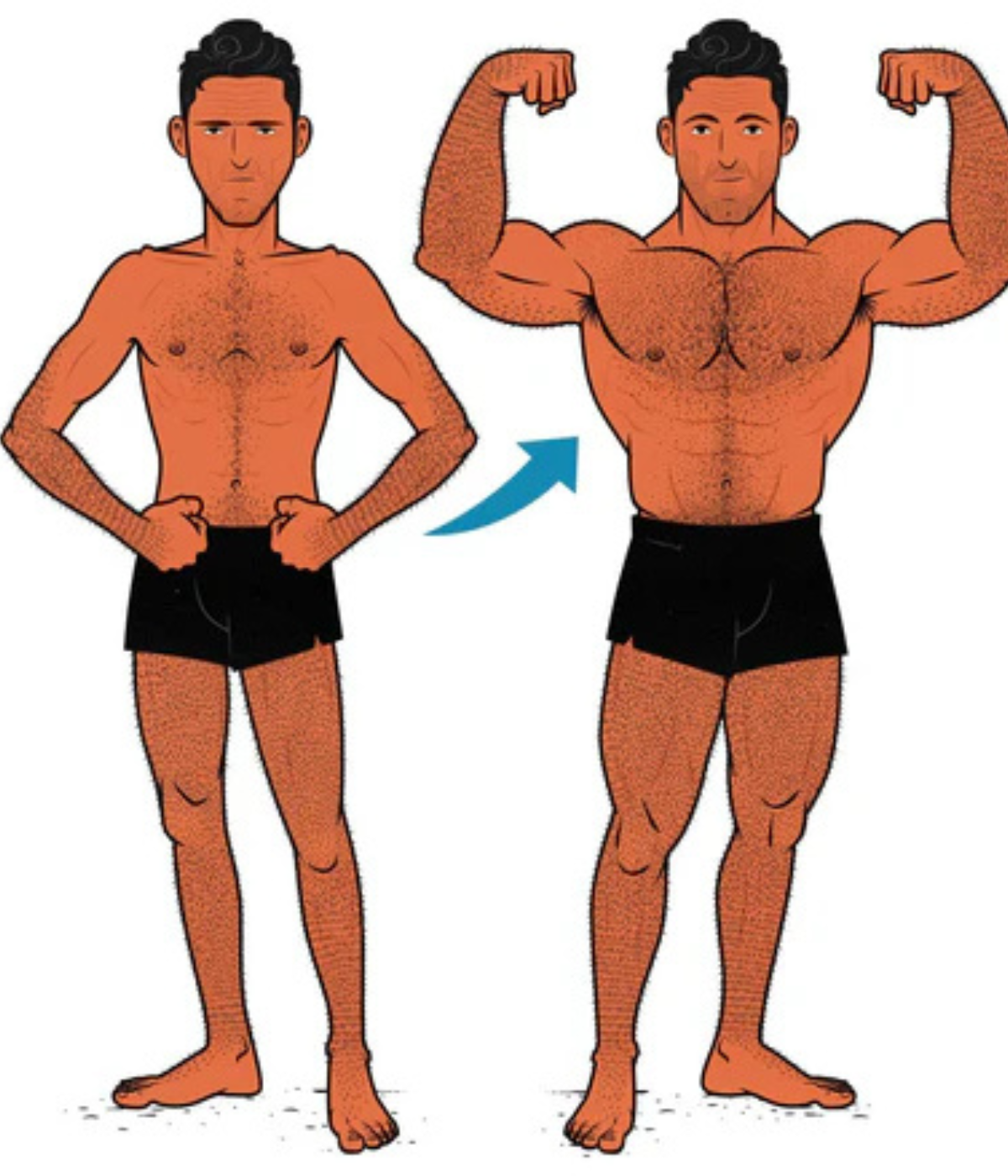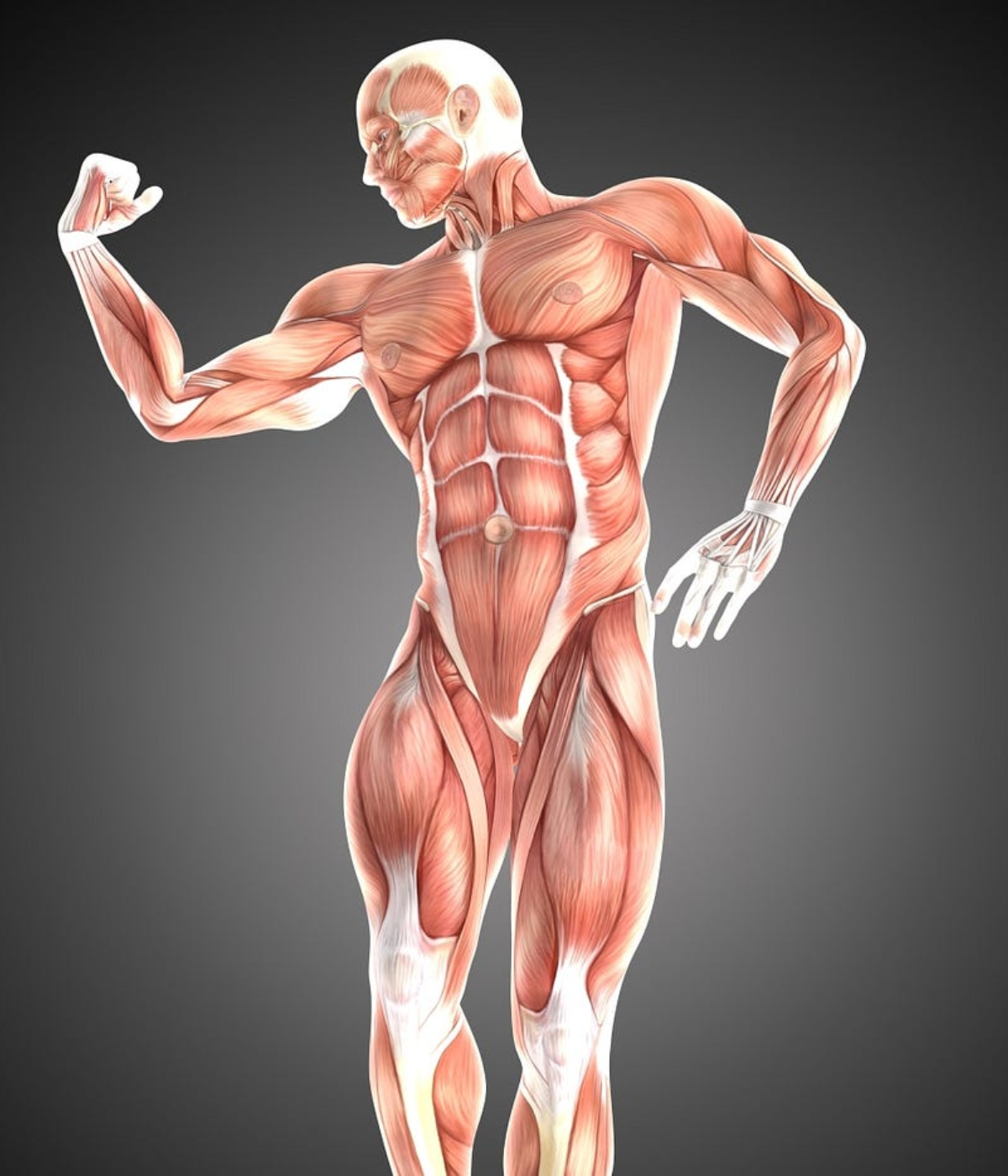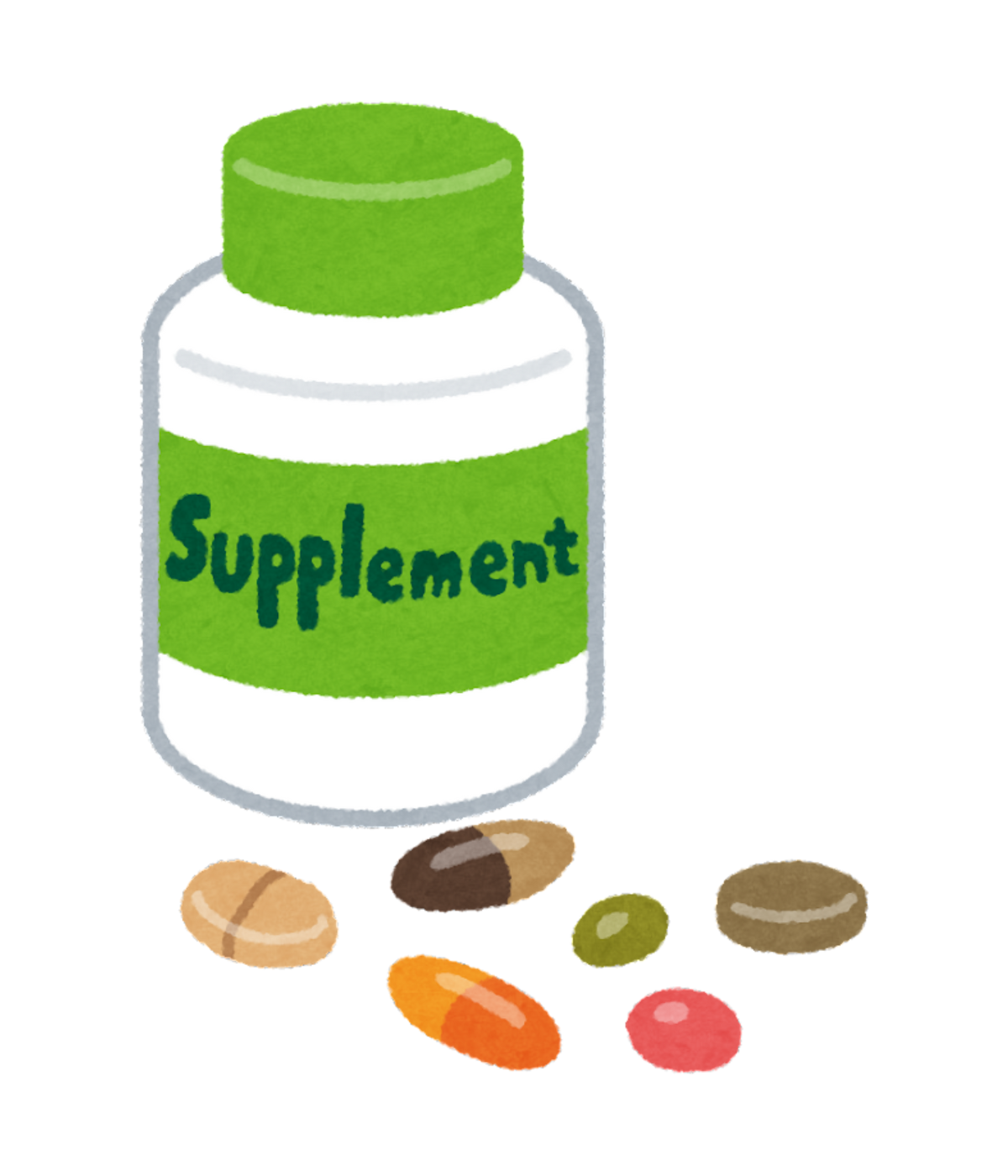Science Behind Hypertrophy
You know that moment in the gym when your arms are shaking, sweat’s pouring down your face, and you’re telling yourself, “Just one more rep!”? That’s the exact moment when muscle magic starts to happen. If you’ve ever wondered why those final few reps feel so brutal—and yet are so crucial—this post is for you. Let’s dig into the nitty-gritty of motor units, the core drivers of muscle growth, and why your workout split isn’t as important as you might think.
Introduction: Why the Tough Reps Count
Ever see someone banging out bicep curls, stopping the set just when things start to get hard? Don’t be that guy. Those last painful reps are the secret sauce that tells your body, “Yo, we need to get stronger!” The science behind this centers around motor units—the groups of muscle fibers controlled by a single nerve. As you fatigue, your body recruits bigger and bigger motor units, and those final reps are when you bring in the heavy hitters.
Motor Units: Your Hidden Superpower
-
What They Are
Think of a motor unit like a little team inside your muscle. Each unit has a “leader” (the motor neuron) and a bunch of “workers” (muscle fibers). Smaller teams jump into action first when you start an exercise, but they’re easily fatigued. -
Why You Need to Go the Distance
By the time you’ve done a bunch of reps, those smaller units are pooped. That’s when your body starts drafting the bigger, stronger teams (larger motor units) to finish the job. If you cut your set short, you never call on them. Translation? You’re leaving gains on the table.
Is There a Perfect Workout Split? (Spoiler: Not Really)
There’s a ton of talk online about the best split—push/pull/legs, bro splits, full body, upper/lower… The truth is, they can all work. A mind-blowing program with zero effort won’t do much, but an “okay” program with 100% focus and consistency can deliver awesome results.
-
Consistency Over Complexity
Life gets busy, if a five-day split is too much to handle, don’t sweat it. A three-day full-body plan done consistently and with real intensity can outperform a complicated split you keep skipping. Remember is all about the volume! -
Listen to Your Body
Some folks can train the same muscle group multiple times a week without breaking down. Others need more rest. So the “best” split is whatever fits your schedule and allows you to recover.
Three Main Drivers of Muscle Growth
You’ve probably heard these words: mechanical tension, metabolic stress, and muscle damage. Let’s break them down so they actually make sense:
-
Mechanical Tension
- Created by challenging your muscles with heavy-enough loads.
- Focus on controlling the weight and progressively increasing it over time.
- Think: slow and controlled movements, not flinging the weight around.
-
Metabolic Stress
- That burning, skin-stretching pump you feel in your muscles.
- When you go for higher reps, use drop sets, or do supersets, you build up metabolic byproducts (like lactate).
- Your body responds to that stress by cranking up muscle-building signals.
-
Muscle Damage
- Micro-tears in your muscle fibers, especially during the eccentric (lowering) part of a movement.
- Soreness can be a rough indicator of this, but not always. You might get stronger without feeling sore every time.
- Over time, your body repairs these tears, making fibers bigger and stronger.
Feeding the Engine: Nutrition for Hypertrophy
No matter how perfect your training is, you need the right fuel to build muscle. Here’s the quick-and-dirty guide:
-
Protein Is King
Aim for around 1.6–2.2 grams of protein per kilogram of body weight each day. This helps with muscle repair and growth. -
Calorie Surplus for Growth
If you’re serious about packing on mass, eat slightly more calories than you burn—around 200–300 above maintenance. Gain too fast and you’ll add more fat than muscle, so keep it gradual. -
Carbs for Energy
Complex carbs (rice, oats, sweet potatoes) help replenish glycogen stores in muscles, giving you the oomph to smash your workouts. Focus on simple carbs as pre-workout meal and post-workout meal. -
Healthy Fats
Don’t forget about fats! They’re crucial for hormone function. Think salmon, avocados, nuts, and seeds.
Recovery: The Secret Weapon
When was the last time you got a solid 7–9 hours of sleep? If you’re struggling, it might be holding back your gains more than you realise. Sleep is when your body does most of its repairing and hormone regulation.
-
Stress Less, Gain More
Chronic stress cranks up cortisol, which can slow muscle growth. Find ways to chill—whether it’s meditation, walks in nature, or playing video games (in moderation, of course!). -
Hydration
Being dehydrated is like running a car on fumes. You’ll notice a big drop in performance and recovery. Aim to sip water throughout the day and not just pound a gallon right before bed.
Putting It All Together: The Game Plan
Here’s how you tie all these ideas into a real, human approach:
-
Pick a Split You Can Stick To
If you love push/pull/legs, go for it. If a full-body routine suits your life, do that. The best routine is the one you can do consistently. -
Bring the Intensity
Make those last reps count. Try not to leave more than 1–2 reps in the tank if your goal is muscle growth. -
Track Your Progress
Write down or use an app to log your sets, reps, and weights. It’s super motivating to see your numbers creep up over time. -
Tune Your Nutrition
Maintain a slight calorie surplus, eat enough protein, and balance out carbs and fats. You don’t have to be perfect every day—just keep it consistent overall. -
Don’t Ignore Recovery
Sleep, stress management, and hydration are often underrated. Dial these in, and you’ll notice a big difference in how you perform and recover.
Conclusion: Own Your Journey
There’s no magic bullet when it comes to hypertrophy. Effort, consistency, and smart programming are what really move the needle. You can debate the perfect rep range or the ultimate split all day, but if you’re not pushing those final reps and giving your body the nutrition and rest it needs, you’re missing out.
So the next time you’re at the gym, when your muscles start to tremble and your mind is screaming for you to rack the weight—keep going. That’s the sweet spot where your motor units go into overdrive, and your body has no choice but to adapt and grow.
Train hard, eat well, recover well, and watch as your muscles respond.
Post & Story Ideas
Pick a theme to see concrete content ideas with matching captions. Update your code/link above and they'll auto-fill here too.
Posting Tracker
Goal: 3 Celtic Surge posts this week (stories, reels or feed). Tick them off as you go.
Athlete Resources
Need Help? Affiliate Support
If you need more content, have questions about your code, payments or anything else, send us a message here and we will get back to you.







